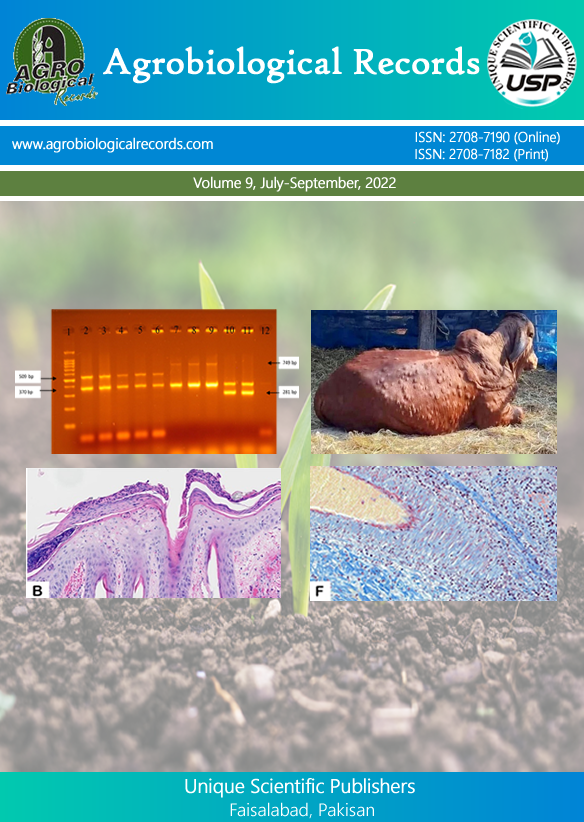
Japheth Joel Kalang1*, George Yilzem Gurumyen2, Richard Edem Antia3, Sunday Hena4, Essienifiok Saturday Unanam1 and Tanko Nwunuji Polycarp
1Department of Veterinary Medicine, Surgery and Radiology University of Jos Nigeria; 2Department of Veterinary Microbiology and Pathology University of Jos Nigeria; 3Department of Veterinary Pathology University of Ibadan, Oyo State Nigeria; 4Department of Veterinary Anatomy University of Jos Nigeria
*Corresponding author: japhethjkalang@gmail.com
Leydigiomas are generally observed within the testicles and documented extra-testicular occurrences in the pelvis, the epididymis, and the spermatic cord. Histologically, the tumor cells are large to polygonal with a round to oval nucleus and deeply acidophilic with granular cytoplasm. A 2½-year-old Yankasa-Balami cross-ram was presented at the Large Animal Clinic Unit of the Veterinary Teaching Hospital with the chief complaint of persistent (chronic) testicular swelling. The caretaker repeatedly aspirates the fluid within the testis without any progress, hence, the referral. To the best of our knowledge, this is the first report of a Leydig cell tumor in a small ruminant, and we recommend that blind drainage of orchitis with a syringe and needle should not be attempted.